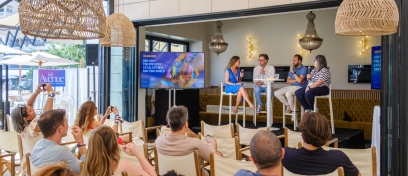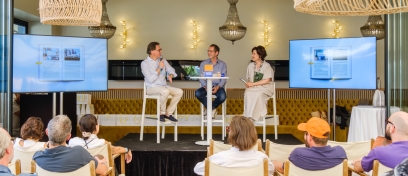For brands
Exploring the gap between what brands know and how they behave

The survey of over 125 leading clients and agencies in London, home to some of the top global agencies, revealed their attitudes towards branding and activation. The research identifies a ‘Brand Gap’ - the gap between what brands know about brand building and how they behave.
‘The Brand Gap’ shows that the balance of 60:40 for brand and activation as outlined in Binet and Field’s research, is proving difficult for brands and agencies to achieve, as short-term needs take precedence.
Probing the culture of short-term versus long-term thinking and posing the question of what the rise of the ‘digital media owner’ means for brands, The Brand Gap will spark ideas and conversations this year.
Key Findings
- The Brand Gap research identifies the top four media perceived as being ‘On the up’ as, DOOH (74%), Online Video (52%), VOD (46%), Social Media (43%), (figure 8 in the report).
- The Brand Gap asks, “How well-developed for your needs are the digital offers of the following media?” - OOH is top (80%) followed by TV (74%), Newsbrands (71%), Radio (50%), Cinema (49%) and Magazines (39%), (figure 7 in the report).
- Work Research finds that marketing theory is well known and understood, specifically the work of Bryon Sharp and Binet and Field. Despite this wish to achieve a balance of brand and response, activation channels continue to take more and more of the investment.
- Clients and agencies speak candidly about the problems of over-investing in response media at the expense of brand “I can’t think of a single brand that has grown via paid-for Online display.” and “We went too far too fast.” (advertisers).
- The Brand Gap asks why practitioners are not doing what they say they want to do. It finds the culture of short-termism is strong and pulls money out of brand and into response. “We know the rules, but it’s just not like that day to day.” and “60/40 is an ideal but the culture of short-termism is too strong.” (advertisers)
- The Brand Gap suggests that behavioural economics can partly explain this apparently, irrational behaviour. A heuristics effect creates a mental shortcut between sales response and Online channels. A ‘herding’ instinct makes certain channels more accepted as the norm. Confirmation bias leads people to ignore facts that don’t suit their existing views.
- The Brand Gap finds that the recent issues relating to brand safety and transparency have made only a small difference to spend (figure 6). Only 19% of those polled said their Online spend had been permanently affected, while 67% said their spend had already returned to normal levels and the remaining 14% said spend would return. Advertisers said: “the issues are being addressed” while agencies said: “The brand safety thing has cleansed the digital ecosystem.”
Download the Brand Gap report below.




